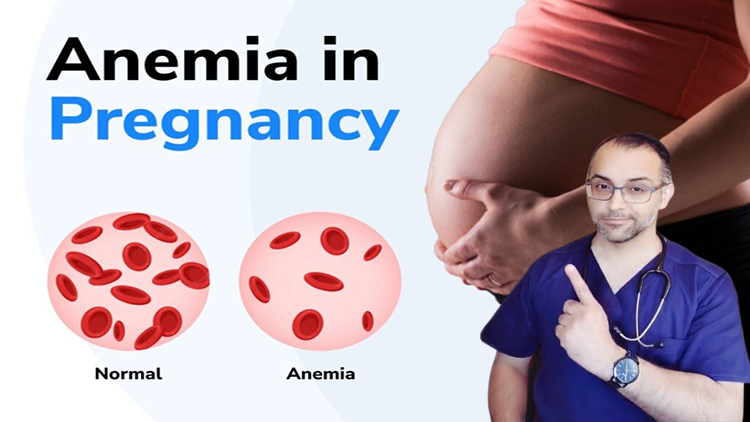Anemia
Anemia, a condition characterized by a deficiency of healthy red blood cells, can be diagnosed through a combination of physical examination and blood tests. Here are the key steps in diagnosing anemia:
- Complete Blood Count (CBC): This common blood test assesses the number of blood cells in a sample. Specifically for anemia, it measures:
- Hemoglobin levels: Hemoglobin is the protein in red blood cells that carries oxygen. Normal adult hemoglobin values are generally 14 to 18 grams per deciliter for men and 12 to 16 grams per deciliter for women.
- Hematocrit: This measures the percentage of blood volume occupied by red blood cells. Typical adult hematocrit values vary but are generally between 40% and 52% for men and 35% and 47% for women.
- Red Blood Cell Morphology: This test examines the size, shape, and color of red blood cells, helping identify the specific type of anemia.
- Reticulocyte Count: Further classifies the type of anemia.
- Iron Profile: Confirms the amount of iron content in the body.
- Vitamin B12 Levels: Helps confirm the diagnosis.
- Stool Sample for Occult Blood: Detects blood loss from the intestine.


If anemia is diagnosed, additional tests may be needed to determine the underlying cause. These can include studying a bone marrow sample, especially in complex cases. Treatment options vary based on the specific type of anemia:
- Iron Deficiency Anemia: Typically treated with iron supplements and dietary changes. Identifying and stopping the source of blood loss (if applicable) is crucial.
- Vitamin Deficiency Anemias (e.g., Folic Acid and Vitamin B-12): Managed through dietary supplements and nutrient-rich diets.
- Anemia of Chronic Disease: Focuses on treating the underlying disease.
- Anemias Associated with Bone Marrow Disease: Treatment may involve medications, chemotherapy, or bone marrow transplantation.
- Aplastic Anemia: Blood transfusions or bone marrow transplants may be necessary.
- Hemolytic Anemias: Management includes stopping causative medications and addressing infections.
